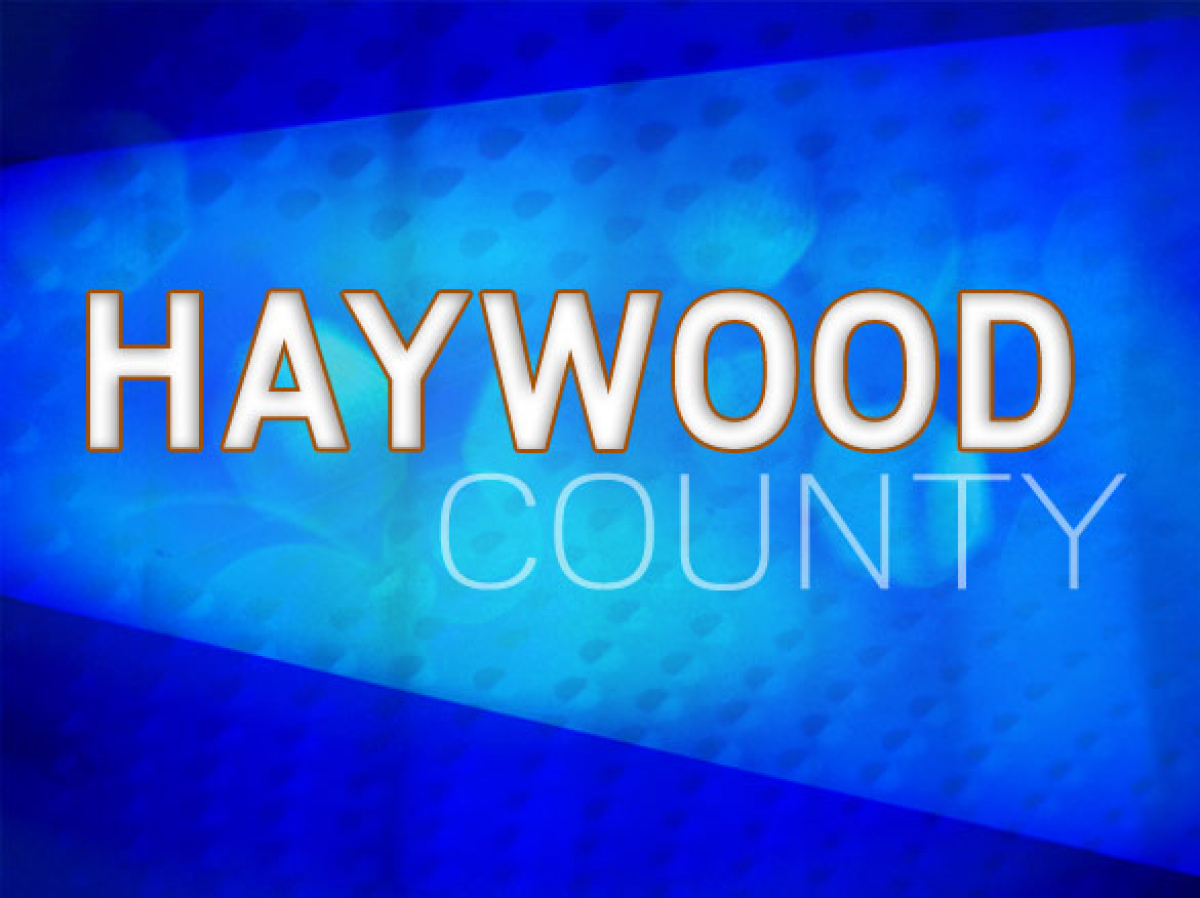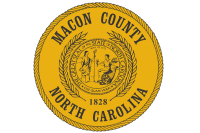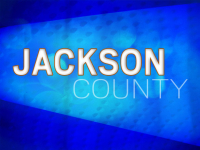HCS budgets for declining student population

During the COVID-19 pandemic, North Carolina schools did not incur budget cuts due to lower student populations across the board. Now, as the pandemic takes a backseat in the daily lives of many, schools are being held to accountable for their actual per diem numbers. For Haywood County Schools, this means there is less money available.
“The biggest problem is fewer students in a very short time,” said Nolte.
During a March 31 work session, Nolte presented a proposed budget to the board of education. He painted a picture of a school system that would suddenly receive lower funding in the coming year due to a declining student population, a decrease in COVID relief funds and pay increases required by the state budget, but one that would nonetheless be in good shape, in part thanks to a healthy fund balance.
“It’s a little frustrating when, as a superintendent, I feel like we did everything, during the pandemic, that the federal government, the state government and the local community wanted us to do,” said Nolte. “Now that state and federal money is being pulled back quickly, I’m not sure that a lot of school systems who did what we did will have an easy transition.”
Despite the loss of COVID funds, Nolte made it clear that the biggest obstacle for Haywood County Schools was the decline in student population. Public schools are funded a certain amount for every student enrolled, and HCS enrollment has declined by almost 500 students since early 2019. During the 2019-2020 school year, there were 7,100 students enrolled in the system, this school year there were 6,557 students enrolled.
Those enrollment figures do not include students at charter schools in Haywood. Though charter schools in the county have gained students since the start of the pandemic, according to Nolte, they have not gained half the students that Haywood County Public Schools have lost.
Related Items
For each student enrolled, the school system gets about $2,300 locally and over $7,000 at the state level.
Nolte also described falling birth rates in Haywood County. According to the superintendent, birth rates are generally closely tied with the number of children entering the school system within five to six years. From 2016 to 2019, the number of births to people in Haywood County were as follows: 616, 617, 540, 525.
“So unless we have a rapid influx of families with school age children, we cannot expect our student population to start growing because of the birth rate,” said Nolte. “I show you all of this to let you know, it is the responsible and necessary thing to do to make our school system the size, financially and personnel wise, of a school system that has 6,500 students rather than over 7,000.”
One result of this loss in funds is the need for fewer locally funded teachers. Haywood County currently funds 34 teachers locally. The budget for the 2022-23 school year allocates just over $1.2 million for locally funded teachers, as opposed to $1.8 million in the current school year, which would cover 13 teachers and two lead teachers, plus their benefits and stipends. According to Nolte, this is the budget goal for the start of the next school year but will depend on retirements and resignations.
Other major local expenses include central office administration at just over $1 million, non-instructional support at just over $7 million and employee supplements at over $3 million. The total expenditure for the local current expense budget is $18,277,556 — $1.5 million more than the previous year.
A little more than $16.5 million will come from the county appropriation, $345,000 from fines and forfeitures, $24,000 from ABC revenues and $1.1 million from the fund balance. Although HCS has set aside over $1 million in fund balance money, Nolte said the school system has consistently used less fund balance than anticipated in years past and plans to do the same in the upcoming year.
Total capital expenditures for the 2022-23 school year are $900,000. This amount will allow the school system to address eight of its most pressing needs. A generator needs replacement at Clyde Elementary, spare Bard units for maintenance, new exterior doors at Meadowbrook Elementary, a new water heater at Pisgah, a new fire alarm panel at Riverbend Elementary, paving repairs at various schools, a new roof in the Waynesville Middle cafeteria and a new gym floor also at Waynesville Middle School. The capital budget is funded by state sales tax dollars.
The total school nutrition fund for the 2022-23 school year is $5.2 million. The Child Nutrition Program operates independently of other programs. The budget for the upcoming school year shows an increase of 3.25%.
“It’s hard to look at past patterns in making the budget for this year,” said School Nutrition Director Allison Francis. “We’ve had the luxury of being able to feed children other than our students and that has helped us with our revenues, and that goes away as of June 30. The waiver for all students to eat for free is also going away.”
Labor and benefits make up 52% of the school nutrition budget, food and supplies account for 39% and overhead accounts for 8%. Pay increases mandated in the state budget added about $162,000 to the labor and benefits portion of the budget.
Due to an increase in food prices, HCS nutrition department recently announced an increase in school meal prices. The cost of breakfast was increased to $2, lunch for pre-k through grade 5 was increased to $3.50, and lunch for grades 6-12 was increased to $3.75.
The 2022-2023 budget for Haywood County Schools was approved unanimously at the school board meeting April 4.









